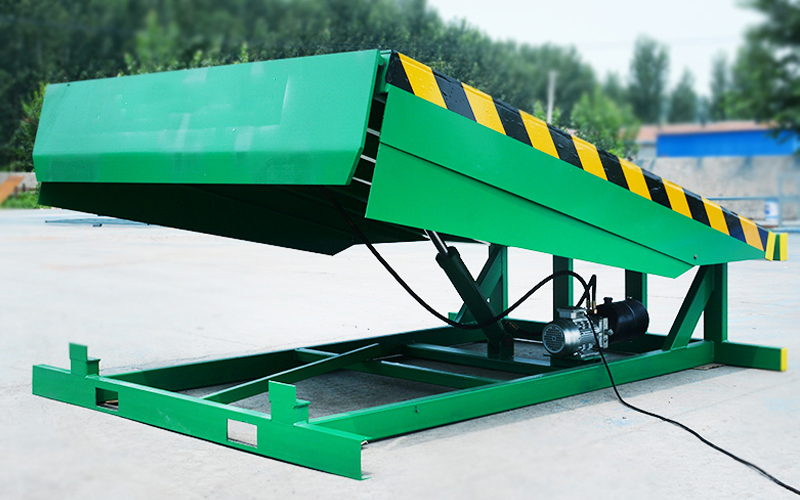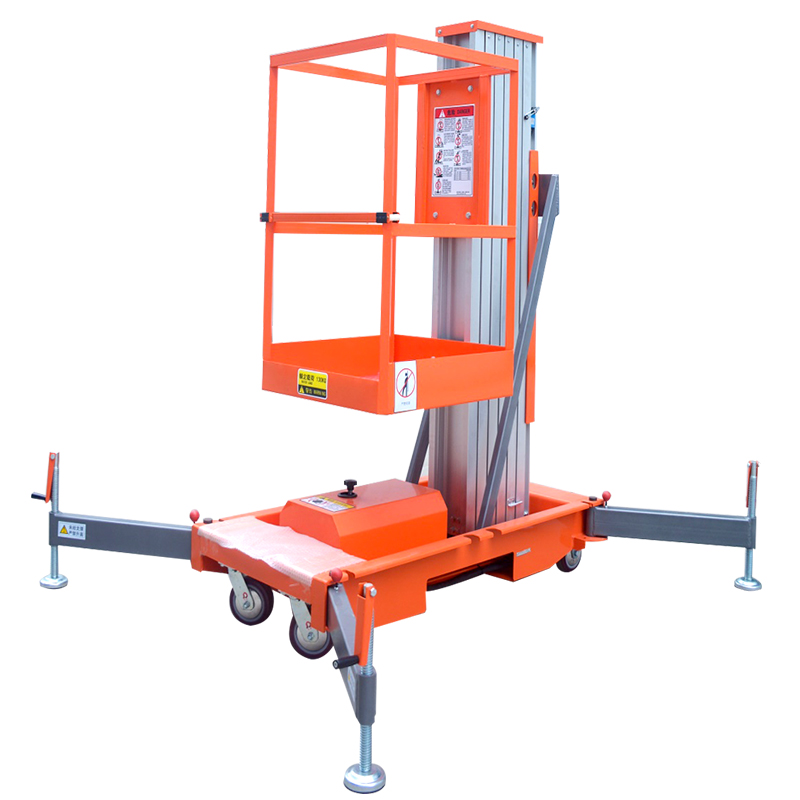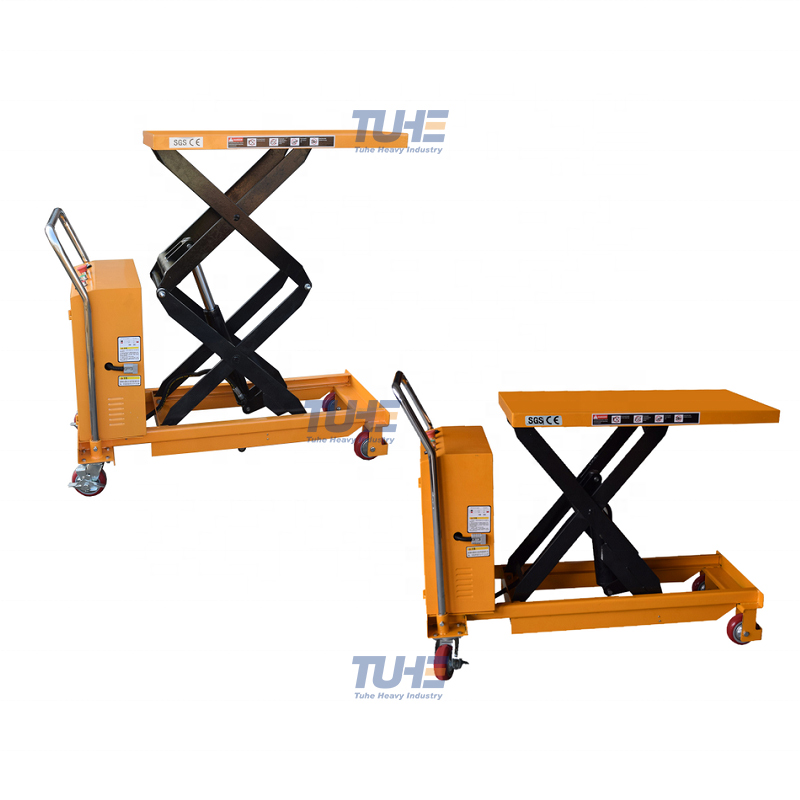What are the classifications of aerial lifting platforms?
There are about 170 kinds, mainly including mobile scissor lift platform, fixed scissor lift platform, aluminum alloy lift, cylinder lift, vehicle lift, rail chain lift, rail lift platform, loading and unloading platform, lifting stage, rotating stage, lifting rotating stage, crank lift platform, self-propelled lifting platform, Working at height, lifting platform, boarding bridge, etc.
Scissor lift is a kind of special equipment widely used in aerial work. Its scissor mechanical structure makes the lifting platform with high stability, wide working platform and high bearing capacity, which makes the range of aerial work larger and suitable for multiple people working at the same time. It makes the work more efficient and safer.
Scissor lift is divided into: fixed scissor lift, mobile scissor lift, self scissor lift, vehicle scissor lift, manual traction scissor lift, special cargo scissor lift.
Hydraulic scissor lift working principle
The emergence of mechanical products plays a very important role in speeding up the progress of the project, and provides the most simple form of operation. The emergence of the elevator solves the impact of gravity on the construction, and can quickly lift regardless of the impact of gravity. The hydraulic shear elevator is the most common one at present, Its working principle is basically in line with the requirements of the lift, but the operation is more safe and simple. At present, it is widely used, and there are many types of hydraulic lift platforms. Each type of hydraulic lift platform is also to adapt to different construction conditions. Now let's introduce the relevant knowledge of hydraulic lift, Understand how it works
What are the components of hydraulic scissors lift?
Hydraulic scissors elevator is a kind of elevator equipment which is composed of walking mechanism, hydraulic mechanism, electric control mechanism and supporting mechanism. The hydraulic oil forms a certain pressure by the vane pump and enters the lower end of the hydraulic cylinder through the oil filter, explosion-proof electromagnetic directional valve, throttle valve, hydraulic control one-way valve and balance valve to make the piston of the hydraulic cylinder move upward and lift the weight. The return oil from the upper end of the hydraulic cylinder returns to the oil tank through the explosion-proof electromagnetic directional valve. Its rated pressure is adjusted through the relief valve, and the reading value of the pressure gauge is observed through the pressure gauge. Hydraulic lifting is composed of oil tank, hydraulic oil gear pump, one-way valve, solenoid valve and hydraulic cylinder.
Start the hydraulic oil gear pump, pump the hydraulic oil from the oil tank along the pipeline to the hydraulic cylinder, and the plunger in the hydraulic cylinder (connected with the bed surface) rises. After stopping the pump, the one-way valve prevents the oil return, and the plunger is still in the rising way; When descending, just connect the solenoid valve to open the return circuit, the oil returns to the oil tank, the hydraulic cylinder depressurizes, and the plunger descends.
The hydraulic oil of the hydraulic lift forms a certain pressure by the vane pump, and enters the lower end of the hydraulic cylinder through the oil filter, explosion-proof electromagnetic directional valve, throttle valve, hydraulic control check valve and balance valve to make the piston of the hydraulic cylinder move upward and lift the heavy object. The oil return from the upper end of the hydraulic cylinder returns to the oil tank through the explosion-proof electromagnetic directional valve, and its rated pressure is adjusted through the overflow valve, Observe the reading value of the pressure gauge through the pressure gauge.
The piston of the hydraulic cylinder moves downward. The hydraulic oil enters the upper end of the hydraulic cylinder through the explosion-proof electromagnetic directional valve, and the return oil from the lower end of the hydraulic cylinder returns to the oil tank through the balance valve, hydraulic control check valve, throttle valve and explosion-proof electromagnetic directional valve. In order to make the heavy object fall smoothly and brake safely and reliably, a balance valve is set on the oil return road to balance the circuit and maintain the pressure, so that the falling speed is not affected by the heavy object. The throttle valve regulates the flow and controls the lifting speed
In order to make braking safe and reliable and prevent accidents, hydraulic control check valve, namely hydraulic lock, is added to ensure safe self-locking in case of accidental bursting of hydraulic pipeline. The overload sound control alarm is installed to distinguish overload or equipment failure.
The hydraulic scissor lifting platform mainly realizes the lifting function through the pressure transmission of hydraulic oil. Its mechanical structure of scissor fork makes the lift have higher stability, wide working platform and higher bearing capacity, which makes the range of aerial work larger and suitable for multiple people to work at the same time. It makes the work at height more efficient and safer.
Pay attention to the details of scissors lift
1、 It is strictly forbidden to carry people on the scissors lift platform without human protection. The lifting platform used for carrying people is equipped with railings and anti cracking valves, which can prevent the accident that the oil pipe breaks and causes the worktable to fall out of control.
2、 Press the "up" or "down" button to raise or lower the worktable. If the worktable does not move, stop the machine immediately for inspection.
3、 If the scissor lift doesn't lift and the relief valve is heard whistling, it should be stopped immediately for inspection. Otherwise, the oil pump will overheat quickly and suffer serious damage. The relief valve is used to protect the safety of the machine and operators, and can't be adjusted arbitrarily.
4、 As far as possible, the weight should be evenly distributed in the center of the table. Under special circumstances, partial load is allowed: the longitudinal partial load should not exceed 1 / 2 of the rated load, and the transverse partial load should not exceed 1 / 3 of the rated load. The partial load must be about 300 mm away from the edge of the table.
5、 Only when the table stops moving can the heavy objects be unloaded.
6、 Pipes and other materials that are easy to roll must be blocked or tied properly.
7、 The electric lifting table must be placed on a solid and flat ground to prevent it from tipping over during operation.
8、 When the electric lifting table is working, it should prevent hands, feet and clothes from being squeezed. 9. According to the load specified on the nameplate, overload is strictly prohibited. In case of emergency, temporary overload of 10% is allowed at most.
30 m - 50 m scissor lift dominant market position
In recent years, the recovery of the construction industry, the growing demand for high-altitude equipment and the continuous sales among the world's dynamic economies will continue to be the key factors driving the growth of the global scissors lift Market in the next 10 years. According to the latest research report "scissor platform Market: Global Industry Analysis and Opportunity Assessment, 2018-2028" published by future market insights, the global market revenue of scissor platform is expected to increase by 1.5 times. By the end of 2028, the size of the global scissors elevator market may exceed US $4.2 billion.
According to the platform height, the global scissors elevator market is divided into 30 meters, 30 meters - 50 meters and more than 50 meters; Among them, 30-50 meters will dominate.
On the basis of terminal industry, the market is divided into aerial platform rental service providers and terminal industry. However, rental service providers will continue to lead, with CAGR expected to exceed 12%.
In addition, the final application areas include construction, entertainment, commerce, manufacturing and other industries, such as public administration, mining and agriculture. In the near future, the financial industry and construction industry may have a big demand for scissors lifts.
The scissors lift market has witnessed the transformation from developed countries to developing international economies
The regional analysis of the global scissors elevator market shows that North America still occupies an important value share and continues to dominate despite the poor growth prospects. Europe will remain a key market, but growth is expected to be weak throughout the assessment period. In any case, developing economies, including Latin America, the Asia Pacific region and meas, are expected to maintain impressive growth prospects by 2028. In particular, China will face profitable opportunities to achieve strong growth in the next 10 years.
In the past two years, Tuhe, XCMG, Sany parfigg, Lingong and other leading scissors lifts manufacturers have their own production facilities in China, mainly due to the rapid growth of demand for scissors lifts in recent years. Despite the lack of standardized regulation in the Chinese market, it is expected that there will be significant growth in the Chinese market in the next few years. Manufacturers are likely to develop a strong value chain through cooperation with leasing companies, which in turn will create an attractive and positive development prospect in the scissors lift market.
Chinese manufacturers join to strengthen the competition among the main players in the global scissors lift Market
With the emergence of China's leading traditional manufacturers such as Tuhe, XCMG and Zoomlion, new competition will emerge. The fierce competition among major companies for more market share will promote the growth of the market. In contrast, most of the major players pay more attention to enhancing their sales and distribution channels in order to gain a competitive advantage. It is reported that the rapid development of leasing industry will create a series of new opportunities for top manufacturers.

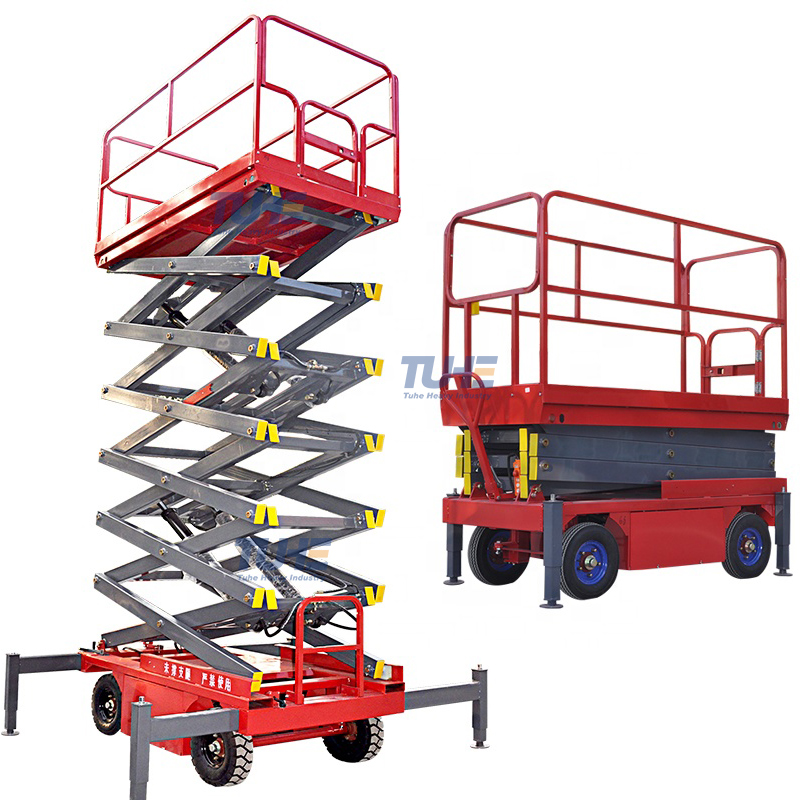
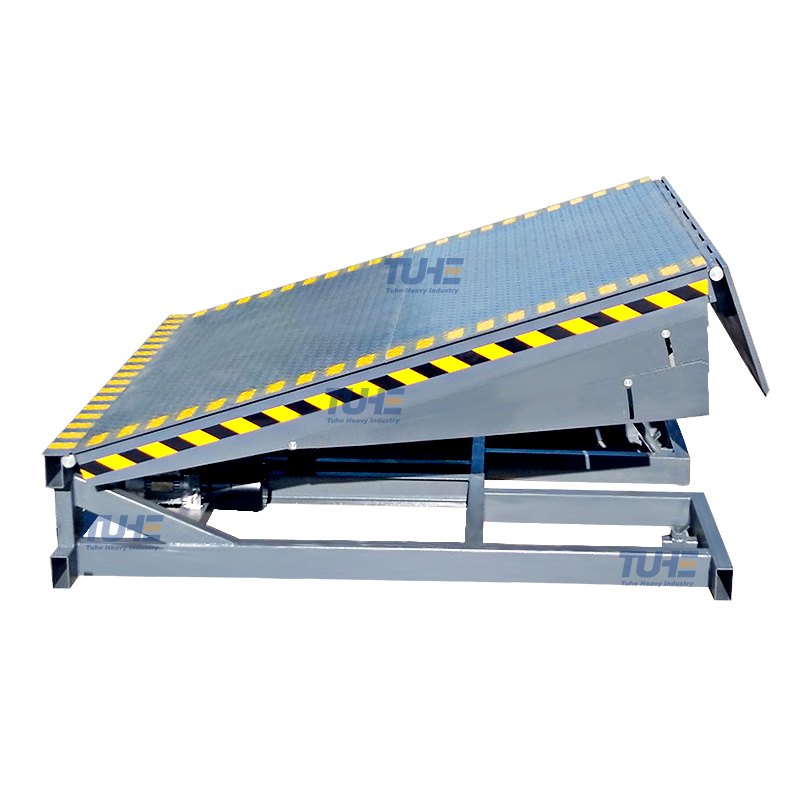
660.webp)
503.webp)
695.webp)
